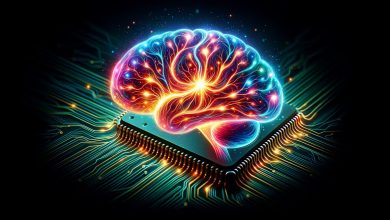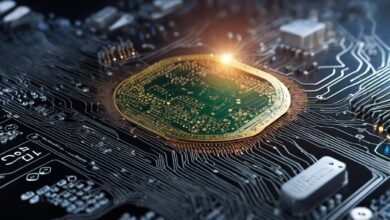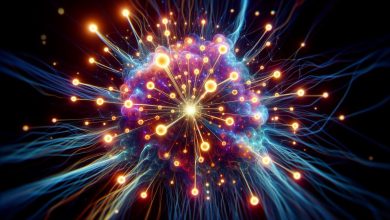
The realm of robotics, a fusion of engineering, science, and technology, unravels an incredible journey of evolution representing mankind’s quest for automating tasks and pushing boundaries of possibilities. This exploration examines the fascinating historical trajectory of robotics, from the early stages of its conception to the contemporary autonomous machines. Diving deeper, it further evaluates the fundamental principles behind their design and mechanisms, spinning the intricate web of complex systems that combine control, autonomy, and adaptability. The invincible influence of robotics on diverse segments such as manufacturing and healthcare is undeniable, leading into the far-stretched realms of ethics, legislation, impact on jobs, and privacy. Building on these fundamentals, this exploration then ventures into the potential future of robotics, guided by current realities and progressive technologies, underlining the significance of artificial intelligence and the implications of advanced autonomy.
Evolution of Robotics
Robotic technology stands today as a testament to the intersecting marvels of human curiosity, problem-solving, and innovation. Through the ages, the landscape of robotics has ripened and flourished, unfurling from the rudimentary mechanized automatons of yesteryear to today’s revolutionary artificial intelligence-driven bots.
The genesis of robotics starts in the ancient world, where automation was a fascination expressed in myths and actual creations. Greek engineer Hero of Alexandria built simple, steam-powered automatons around the first century AD. Later, in the mid-1700s, Swiss artisan Jacques de Vaucanson constructed a mechanized duck that mimicked eating and digesting food.
Fast forward to the booming industrial revolution in the late 19th to early 20th century, a period marked by swift technological advancements. Automation integration into factories to enhance production and efficiency heralded the concept of “modern” robotics. As the dependency on manual labor lessened, machines became more common, embodying the first steps toward the epoch of robotics prevalent today.
In the mid-20th century, the conceptual basis of robotics underwent a seminal revolution. Science fiction writer Isaac Asimov is renowned for his contribution to robotics theory with his formulation of “The Three Laws of Robotics”. His literary work provided an ethical framework that continues to shape robot-human interactions.
In 1961, the interaction of robotics and industry bore tangible fruit with the installation of the first programmable robotic arm on a production line. Known as Unimate, this mechanized arm took on tasks too dangerous for humans, from handling hot metals to welding. Its success incited a surge of robotic integration into manufacturing sectors worldwide.
The advent of microprocessors and computers in the late 20th century laid the groundwork for the kind of robotics witnessed today. Robotics branched out from foundations in industry to diverse arenas, including healthcare, agriculture, space exploration, and even home usage. Robots became smaller, smarter, and more capable, enhancing their utility and applications.
Present-day robotics brims with high-tech wonders like artificial intelligence and machine learning, spelling a new epoch of autonomy and intelligent behavior. Robots take on human-like characteristics – the ability to learn, adapt, make decisions, and even display rudimentary emotion.
The last few decades also witnessed the development of social robots. These robots interact in a personal and emotive manner, fostering relationships with humans. From the well-known Roomba, an autonomous robotic vacuum cleaner, to Paro, a therapeutic seal robot helping people with dementia, the animals, and virtual assistants like Amazon’s Alexa, robotics has breached a realm far beyond its industrial cradle.
The journey of robotics from ancient automatons to modern AI-driven machines is a vivid narrative of human achievement. While the road ahead remains paved with myriad unknowns, this uncertainty yields excitement, not trepidity. As future robotic progression unfolds, one thing remains certain – the human core of invention and innovation will undoubtedly shape a future rich with technological wonder.
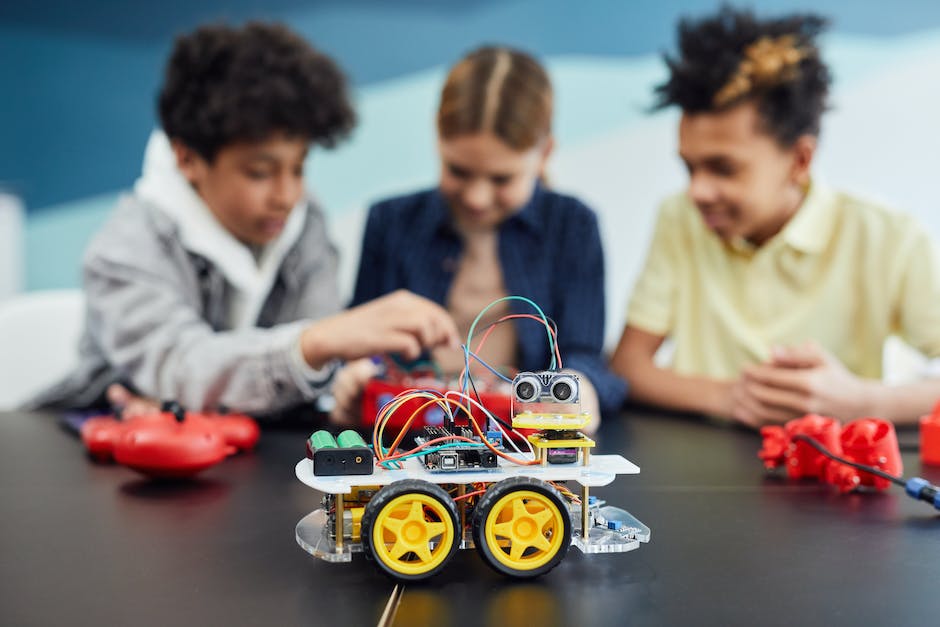
Principles and Design of Robotics
The quest to understand and create robots is as arduous as it is rewarding. Thus, a myriad of principles guide the design and philosophy of robotics. Some may deem these principles to be technical; others, ethical or socio-economic. But, at a foundational level, they exist to shape and define the landscapes of this revolutionary discipline.
A fundamental principle in the design of robots lies in exhibiting form following function. This underscores the notion that the physical design of a robot should be in accordance with the tasks it is programmed to execute. As such, meticulous thought is involved in creating robots. For example, drones are designed with rotors providing the necessary lift for flight, while underwater robots embody streamlined shapes to seamlessly glide through aqua environments.
The standardization principle runs as a core utility in the mechanized world. It facilitates the integration of robots into existing systems. Consider international standards such as ISO 10218 for industrial robot safety or ISO 15066 which allows collaborative operation of industrial robots and human workers. These consensus-based guidelines ensure safety, interoperability, and efficiency in the real-world application of robots.
A central principle of robotics is customization. Each robot should be designed with the capacity for alterations and modifications to suit specific applications. For instance, a robot designed for firefighting will undeniably require specifications like heat resistance or thermal imaging capabilities – different from a robot designed for deep space exploration.
The principle of intuitive interaction posits that robots should be capable of effectively communicating with human operators, and in some cases, other robots. By leveraging advanced AI capabilities, robots can now process natural language, understand human gestures, and even respond contextually. This results in enhanced usability and productivity.
Furthermore, sustainability enters as an emerging principle in robotics design. As issues of climate change and resource scarcity take center stage globally, the demand for robots designed with sustainability in mind grows. This includes energy-efficient operation, use of environmentally friendly materials in construction, and recyclability at end-of-life.
Lastly, the principle of ethical considerations holds paramount importance. Conscious of the socio-economic impacts of integrating robots into society, these considerations encompass respecting human rights, preventing harm, and observing transparency in robot operation. This principle often intersects with discussions of AI ethics, data privacy, and labor displacement.
In conclusion, the resulting blueprint of a robot emerges from the successful amalgamation of these guiding principles. It represents a complex web, interweaving the necessities of functionality, standardization, customization, interaction, sustainability, and ethical considerations. Traversing these principles are the mulled-over hallmarks of robotics innovation, shaping the trajectory of this diverse and dynamic field, echoing the adage: "create machines that are not only useful, but indispensable."
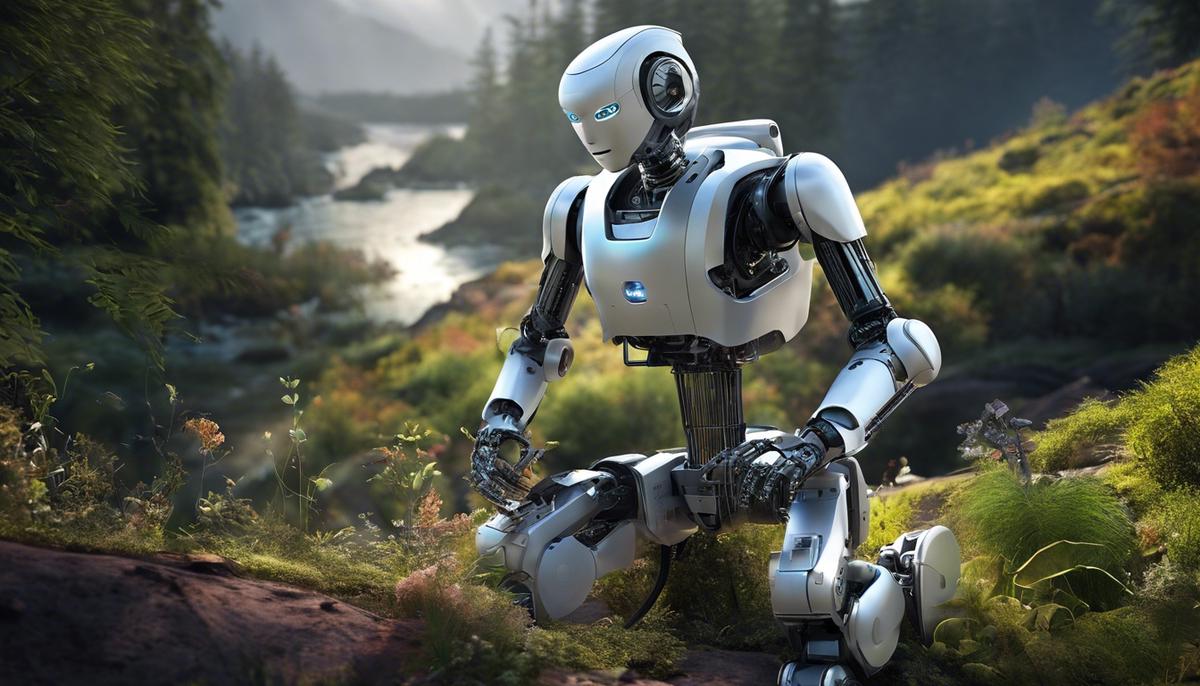
The Impact of Robotics on Industries
Title: The Progressive Impact of Robotics Across Industries: A Comprehensive OverviewThe Progressive Impact of Robotics Across Industries: A Comprehensive Overview
While the captivating history of robotics is a fascinating exploration in its own right, the extraordinary strides being made in the present era are nothing short of revolutionary. Today, we delve into the transformative influence of robotics in shaping various industries.
An insightful observation in this arena involves a core principle of design that engineers often adopt: form closely follows function. Aligned with this philosophy, the physical design of robots has extensively evolved to suit their intended use. Notice the streamlined contour of surgical robots facilitating precise medical operations, or the imposing strength embodied in industrial robots adept at heavy lifting. This is no mere aesthetic decision; it is a strategic embodiment of their operational attributes.
Another interesting aspect of the current robotics terrain is the emergence of standardization. A proliferation of universal robotic coding languages, defined safety standards, and interoperable components are harmonizing the robotics landscape. Standardization enables compatibility, eases collaboration, and accelerates development pace across various industries.
Nevertheless, while standardization plays a crucial role, so does customization. Industries with specific requirements, such as agriculture or deep-sea exploration, necessitate robots with tailored capabilities, robust against unique environmental challenges. The deep-sea diving AUVs (Autonomous Underwater Vehicles), built to resist extreme pressures, or agricultural drones equipped for extensive field surveying, serve as prime cases in point.
Simultaneously, the interaction trail between humans, robots, and other robots have evolved to be more intuitive. Industrial robots are designed to work in harmony with humans, employing sophisticated sensors to ensure safe, efficient operations. Elsewhere, swarm robots embody autonomous, collaborative behaviours, showcasing the efficiency of inter-robot interactions.
Sustainability is also finding its place in modern robot design. Emphasis on energy efficiency, low carbon footprint, and recyclable materials is gaining momentum. These environmentally conscious practices, coupled with long-term use-cases of robots, contribute to sustainable development goals.
At the intersection of robotics and society lies a complex network of ethical considerations. The presence of social and service robots is growing, forcing a re-evaluation of norms about privacy, security and job displacement. This underscores the urgent necessity for comprehensive regulatory frameworks for ethical robot integration.
In conclusion, the seismic shifts taking place in the field of robotics are rolling out a new world of potential, encompassing diverse industries. Like any technological progression, the journey is laced with innovation, adaptation, and ethical challenges. As we continue to widen the lens of observation and delve deeper into the exploration, one thing remains clear: the robotic revolution is unabated, reshaping industries and promising an extraordinary future. Let’s willingly embrace the coming era, prepared to navigate its complexities and harness its immense potential.
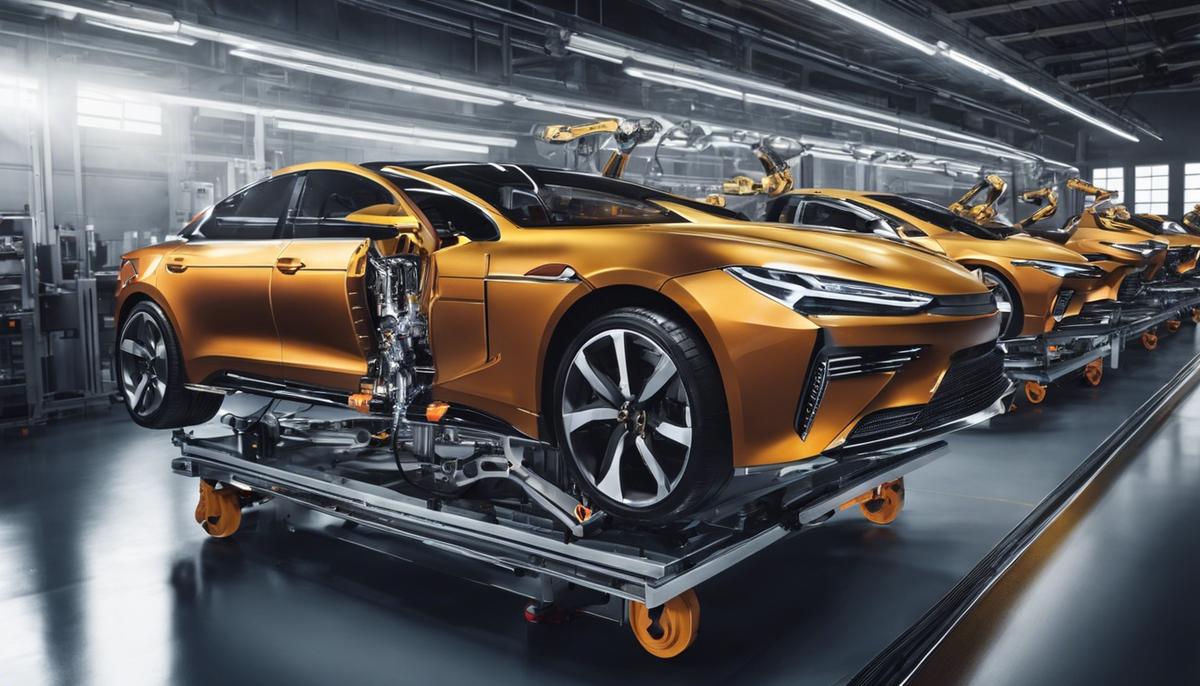
Possible Future Developments in Robotics
As we endeavor to elucidate the celebrated trajectory of robotics, it becomes crystal clear that we only stand at the cusp of a remarkable dawn in the realm of advanced technology. In the narrative of progression, there are exciting, uncharted territories that await exploration. This involves a journey into a futuristic dimension where robotics may very well reshape several aspects of our everyday lives.
An imminent frontier lies in the concept of ‘swarm intelligence’ in robotics. Based on the nuanced behavior of creatures like ants and bees whose collective intelligence surpasses the individual, swarm robotics involves the coordinated operation of numerous simple robots to accomplish complex tasks. This could revolutionize fields such as search-and-rescue operations, environmental monitoring, and even healthcare.
There is also an expanding focus on the expansion of robotic capabilities within the healthcare industry. Researchers have successfully developed microscopic robots that possess the ability to navigate the human body’s internal terrains, promising unprecedented accuracy in drug delivery and disease detection. Long-term prospects include the assistance of robotic nano-surgeons for highly sophisticated operations conducted within the human body.
Furthermore, advancements in sensor technology play a crucial role in shaping the future of robotics. Predicted to be key enablers of the long-envisioned reality of autonomous vehicles, sensor technologies provide robots with an extended ‘sense of touch’. The integration of technologies like Lidar (Light Detection and Ranging) and RADAR (Radio Detection and Ranging) offers robots greater autonomy, adaptability, and safety.
Amidst these technological advancements, a perennial question arises on the implications of robotics on human employment. While apprehensions about job displacement loom, it is vital to remember that robotics generates new sectors and employment dimensions. These encompassing areas such as robotic maintenance, programming, and the decision-making processes needed for safe and efficient robot-human collaboration.
In the quest to deepen the symbiotic relationship between humans and robots, the future may witness the incorporation of ’empathy’ in robotic design. The intersection of neuroscience, psychology, and robotics could lead to ‘psychobotics’, where robots are capable of understanding and responding to human mental states and emotions, further enhancing their social compatibility.
Nevertheless, as these prospects unfurl, paramount focus must be directed towards addressing the ethical challenges that coincide with the proliferation of robots. This includes the handling of personal data, accountability for robotic errors, and the impact on societal relations. As we continue to explore the future of robotics, a clear-eyed appreciation of the ethical, legal, and societal implications will be every bit as important as the technology itself.
Indeed, the trajectory of robotics promises a fascinating future, infused with enormous potential. As we edge closer towards this novel horizon, it is invigorating to witness the relentless curiosity of human endeavor pushing the boundaries of what was once considered the realm of science fiction.

Ethics and Legislation in Robotics
The dynamic field of robotics constantly challenges the boundaries of technology, requiring an urgent need to address the ethical issues and legal considerations that emerge alongside advancements. An examination of such issues and considerations is essential to achieve responsible development and deployment of robotic systems.
One significant ethical concern lies in the management of personal data. Robots, particularly those employed in domestic, caregiving, or service contexts, often collect, process, and store substantial amounts of diverse, sensitive information. Legal and ethical frameworks must safeguard these personal data from misuse, ensuring robust data protection and privacy regulations are in place. The concept of informed consent, fundamental in research ethics, may also be applicable when individuals engage with robots.
Next, the issue of accountability arises within legal structures when robots cause harm. The extent of a robot’s autonomy, when it can make independent decisions, poses unique challenges. It becomes crucial to delineate a robot’s responsibility versus a human entity’s – the designer, programmer, user, or owner – in the occurrence of harmful outcomes.
Additionally, ethical considerations around human-robot interaction are pertinent. Robots, especially those with humanoid features or emotional capabilities, can induce strong emotional attachments in humans. These affective relations raise questions about a robot’s autonomy and, paradoxically, emotion manipulation. The idea of robots as mere machines or autonomous entities significantly influences ethical parameters of this interaction.
The impact of robotics on employment is another area ripe for ethical scrutiny. While robots can increase efficiency and perform dangerous or monotonous tasks, widespread robotisation may drastically impact the labor market, potentially leading to significant job displacement. Addressing societal consequences of robotics and preparing for potential changes in the employment landscape must occur hand-in-hand with technological advancements.
Lastly, in the domain of military and police applications, autonomous controlled robots pose immense ethical challenges. The use of robots in warfare or law enforcement brings forward the issue of lethal autonomous weapons systems (LAWS). The legal and ethical aspects of such applications, including the principles of distinction, proportionality in attack, and responsibility, must be thoroughly evaluated.
While robotics brings immense benefits and holds the promise for a technologically advanced future, recognizing and addressing these ethical issues and legal considerations is vital. The blend of technology and ethics aims to create a harmonious balance where robots serve humanity’s best interests, fostering a technologically progressive world that upholds human dignity, privacy, and rights.
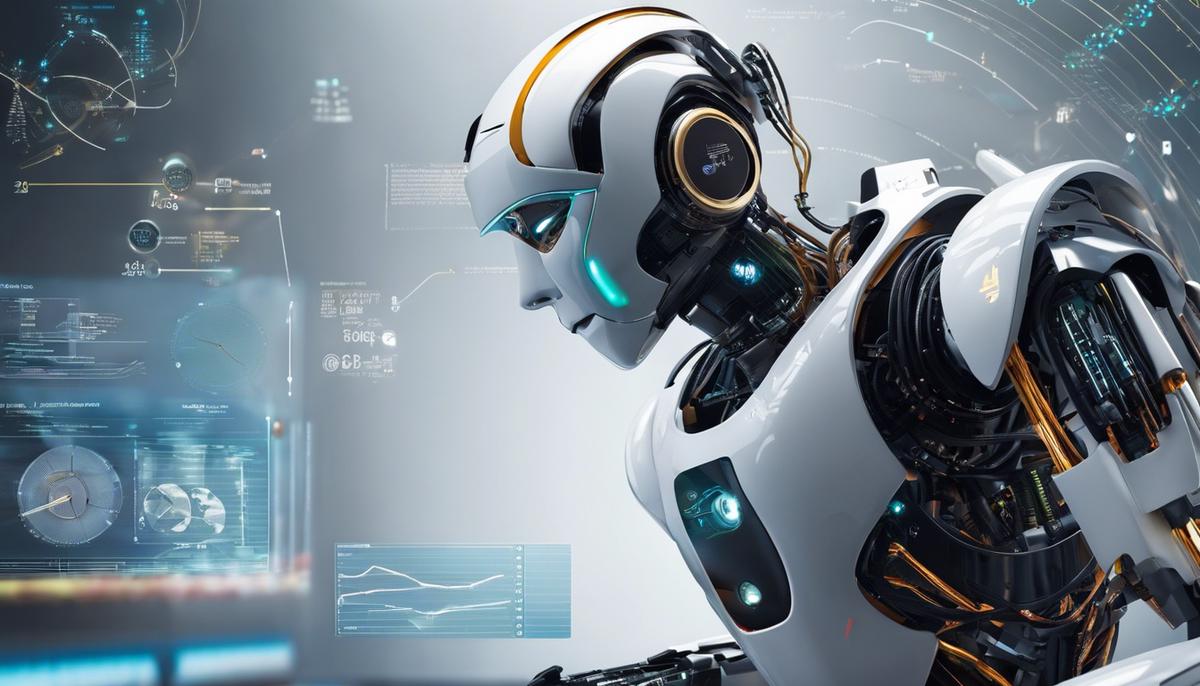
The profound influence of robotics, encompassing different shades ranging from efficiency enhancements to ethical dilemmas, is indeed a testament to human ingenuity and also, a stark reminder of the responsibilities that come with it. Drill even deeper and the subject brings forth layers of questions in the area of legislation, stirring dialogues around the creation of autonomous machines, the implications on job markets and personal privacy, and illuminating the considerable grey area around accountability. One can only imagine the transformation that the future holds for robotics. Blending the boundaries between real and artificial, robotics will continue to challenge us, both ethically and technically, while also inspiring us to constantly redefine our limitations and explore the stretches of what we can achieve.
Writio: The AI content writer revolutionizing website publishing, creating high quality articles and tracking their Google rankings. This post was written by Writio.




